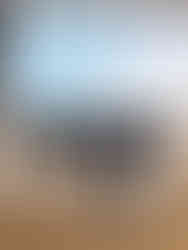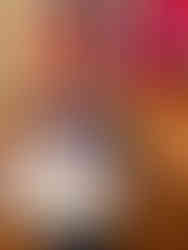Bridging Hope and Science: Exploring Regenerative Medicine in Ocular Surface Reconstruction
- Joao Victor Cabral, MD Ph.D.

- Jan 5
- 2 min read
Updated: Jan 12

Imagine trying to look through a frosted window—it’s blurry and frustrating. For individuals suffering from Limbal Stem Cell Deficiency (LSCD), their vision is similarly obstructed, but the cause is damage to the stem cells responsible for maintaining the clear, protective layer of their eyes. In my Ph.D. research, I focused on addressing this issue using regenerative medicine, offering hope for clearer futures.
The Challenge: Why LSCD Matters
Limbal stem cells act as the guardians of our cornea’s clarity. When these cells are damaged—by burns, infections, or inherited conditions—the cornea loses its transparency, leading to discomfort, poor vision, or even blindness. Traditional treatments like donor tissue transplants are limited by immune rejection risks and donor scarcity. This inspired me to explore cell-based therapies, aiming for more sustainable and effective solutions.
The Science: Innovation Meets Healing
In my research, I investigated two fascinating approaches:
Limbal Stem Cell Cultures
By cultivating limbal stem cells in a lab and optimizing their growth using fibrin gels (a type of biological scaffold), I could prepare them for future clinical applications. Think of this process as creating a “seedling nursery” for stem cells, giving them the ideal environment to thrive before transplanting them.
Oral Mucosal Cells as an Alternative
For patients without healthy limbal stem cells, I explored using oral mucosal epithelial cells (cells from the inner cheek). Surprisingly, these cells can be reprogrammed to act like corneal cells, offering a personalized treatment option without the need for a donor. Imagine transforming an apple seed into a plant that produces pears—it’s all about potential and adaptability.
Beyond the Eye: Healing Non-Healing Wounds
Another exciting aspect of my research involved cryopreserved amniotic membranes. These tissues, often discarded after childbirth, showed remarkable potential in treating chronic, non-healing wounds. Their anti-inflammatory and regenerative properties not only helped in eye surgeries but also in skin wound healing, showcasing their versatility in medicine.
Real-World Impact: A Step Forward
A recent study published in The Lancet reported successful outcomes using cultivated limbal epithelial cell transplantation for patients with LSCD, highlighting the real-world applicability of this research.
Why This Matters
At its core, my work aimed to empower patients by expanding treatment options. Whether through lab-grown stem cells or repurposed oral cells, the goal was to restore vision and improve quality of life. And the impact doesn’t stop with LSCD—these findings pave the way for broader applications in regenerative medicine, from healing burns to innovating transplants.
This journey has fueled my passion for blending science with patient care. By translating lab discoveries into real-world treatments, I hope to continue contributing to a future where no one’s sight—or life—is limited by a lack of options.







Comments